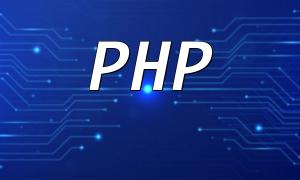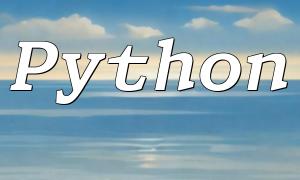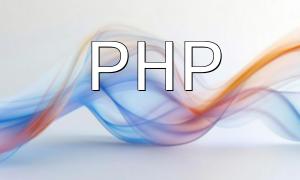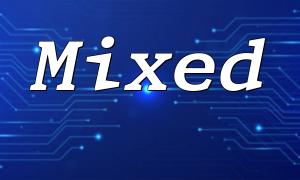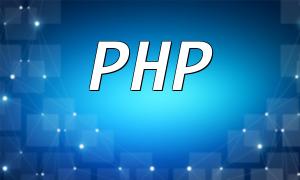HTML/XML parsers and processors are crucial tools in web development. They are responsible for parsing and processing HTML or XML documents so that they can be efficiently read and manipulated by server-side scripts such as PHP. Understanding how these tools work is essential for developers. In this article, we will explore the fundamental principles and usage of HTML/XML parsers and processors in PHP.
The main function of an HTML/XML parser is to convert an HTML or XML document into structured data that can be processed by other programs or scripts. The parser achieves this by identifying and parsing the tags, elements, and attributes within the document and transforming them into an operable format.
The parsing process typically involves the following steps:
Once the document is parsed into structured data, the processor can be used to read and manipulate it. Processors can perform various operations based on the developer's needs, such as reading tag content, modifying the document structure, or adding new elements.
In PHP, there are several built-in tools and classes that can be used to handle HTML/XML documents. Here are some of the most commonly used processors:
In addition to the above tools, PHP also provides XMLReader and XMLWriter, which may be more appropriate for specific use cases. For example, XMLReader is an incremental XML document reader, suitable for working with large files.
Understanding the working principles of HTML/XML parsers and processors in PHP is crucial for developers. Parsers convert documents into structured data, while processors allow developers to manipulate this data. Choosing the right processor based on project requirements can significantly improve development efficiency.
Related Tags:
HTML

